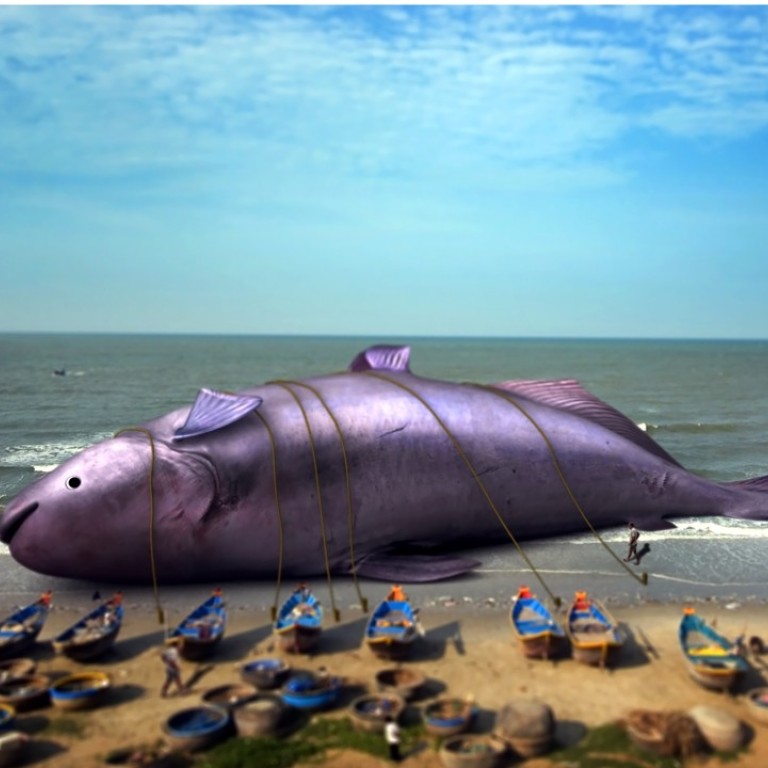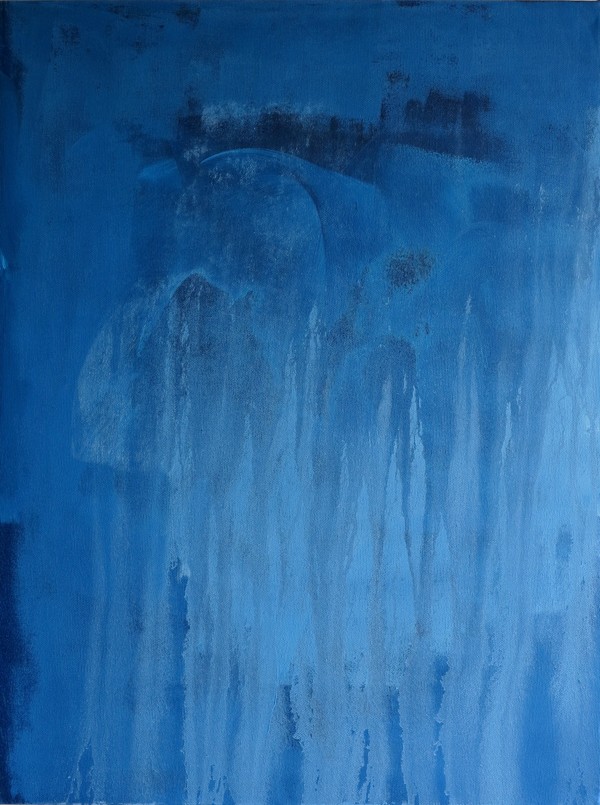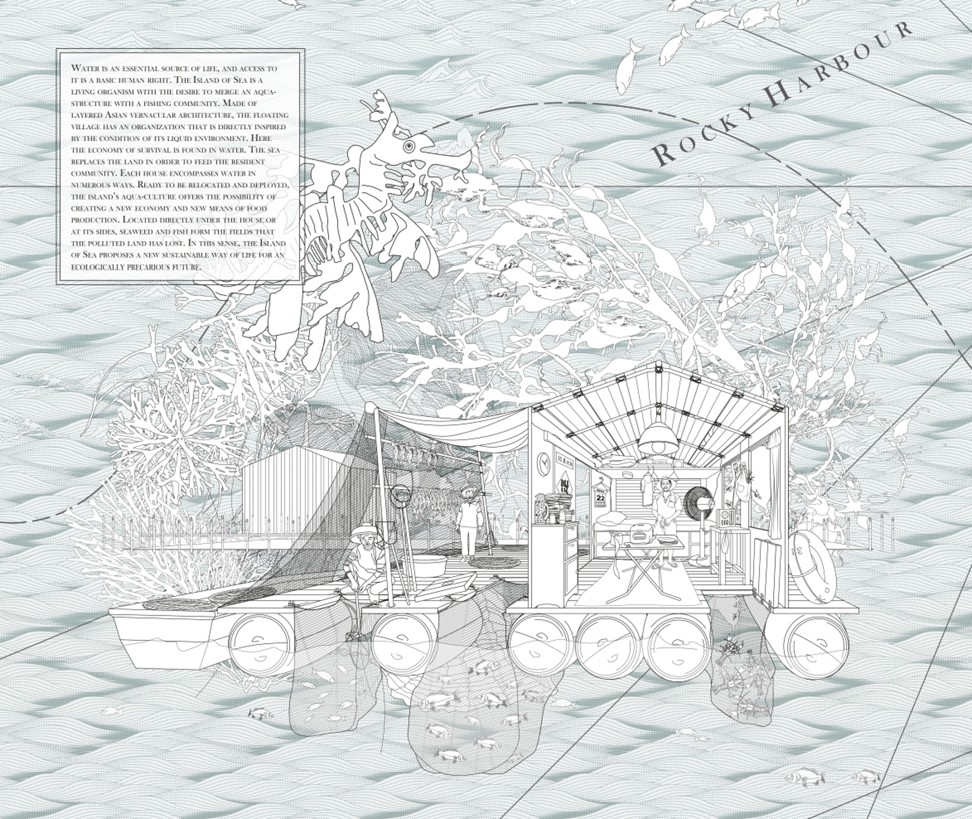
A river runs through it: Hong Kong exhibition looks at the countries shaped by the mighty Mekong
The river helps define the boundaries of the states it flows through, and a new exhibition for charity explores its history, its folklore and its mythology
The Mekong River unites countries by virtue of its length. Originating in China’s Qinghai province, the 4,350km river is shared by five other countries before it joins the South China Sea, south of Ho Chi Minh City, in Vietnam. But it is also a source of great division. Its course forms parts of the borders between China, Myanmar, Laos and Thailand, and countries upstream seem to have little regard for how their hydroelectric dams along the river affect ecosystems and livelihoods further south.
This tension and the indelible links created by shared folklore and topography form the basis of a new exhibition in aid of Children of the Mekong, a charity founded in 1958. “Mekong – New Mythologies”, which opened at the Hong Kong Arts Centre on May 4, features 36 works by 20 artists and artist duos. There are representatives from all six countries that the Mekong flows through, as well as other places where societies are shaped both by how different they are from their immediate neighbour, and how similar: Hong Kong, Singapore and Pakistan.

Some artists allude to how, in folklore, mysterious beings coexist with humans, in stories passed from one generation to another, even though, in reality, humans have little regard for other species.
Thai film director Apichatpong Weerasethakul, best known for Uncle Boonmee Who Can Recall His Past Lives (2010), created a magical character called the Mekong Mud Man to symbolise his concerns about the ecological threats facing the river and the people living along it. In Richard Streitmatter-Tran’s installation The Jungle Book – The Terrain of the Real Fake (2009), a Mekong giant catfish is seen washed ashore and tied up just as Gulliver was in Lilliput. The endangered fish can grow to about three metres and is the subject of numerous folk tales across Southeast Asia.

Others refer to the region’s painful modern history. A haunting print from Aung Ko’s 2007 performance H.u.m.m.m. shows ladders standing in the Irrawaddy River, in flames. The artist had set the ladders on fire while he chanted, an act that might have been cathartic had it not been for the utterly hopeless picture it painted of the political oppression taking place at the time. In Dinh Q. Lê’s We Were Once Warriors – Fusion Maia Resort – Da Nang (2015), the ghost of a proud female guerrilla fighter looks askance at a waitress delivering an order at a beach resort that used to be a major base for American forces during the Vietnam war.
“We want the exhibition to be a platform to introduce more people to artists from the Mekong region. But we have also included artists from other countries whose works help us understand the Mekong as liquid, both in reality and metaphorically. For example, there are a selection of images from Samson Young’s Liquid Borders project, in which he examines Hong Kong’s border with Shenzhen through sound, music scores and images,” says Laure Raibaut, consultant at the Hong Kong Arts Centre, who organised the exhibition with local art practice MAP Office and Streitmatter-Tran, who is based in Ho Chi Minh City.
This is a chance to help children living in poverty and to purchase works by well-known artists in the region, as most pieces in the exhibition will be auctioned online through Paddle8.

Children of the Mekong, which operates beyond the Mekong area, is raising money for two projects in Cebu, in the Philippines: a day-care programme located on a rubbish dump and a student centre in the city, which is why the exhibition features the work of three Filipino artists: Alfredo and Isabel Aquilizan, and David Medalla.
There is no doubt contemporary borders map the way we see the world, but perhaps their divisiveness is reduced by shared history, geography and mythologies – the diverse building blocks of our complex cultural identities.
“Mekong – New Mythologies” will be at Pao Galleries, Hong Kong Arts Centre, 2 Harbour Road, Wan Chai, from 12pm to 8pm until May 21.

